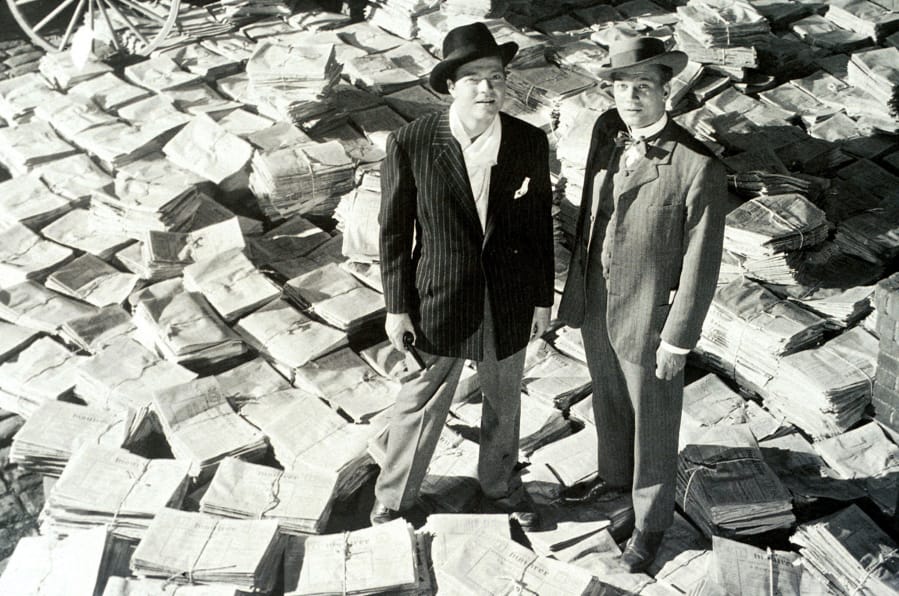One of the first things you learn about how movies are put together is that everything is on screen for a reason. Even if a cat wandered into the background, it’s there because someone decided to keep it. Usually it’s there because of a cinematographer.
“The cinematographer’s job is to tell people where to look,” says Michael Chapman (“Raging Bull”) in “Visions of Light,” a gorgeous documentary available for free on YouTube. Consider it an entertaining “Intro to Cinematography,” because along with stunning clips of their work, “Visions” includes interviews with dozens of cinematographers (aka directors of photography). They’re picture guys but they’re great with words, too.
“I found out that I was really responding to light,” says Ernest Dickerson, a movie-mad child who became Spike Lee’s main cinematographer. He describes his job as “heightening the reality to get the audience to feel a certain way.”
The early, silent days of the movies gloried in stylized images, but sound created problems such as immobile cameras, as well as new duties for DPs. The 1930s golden age of movies was not so golden for the cinematographer, whose main job was to make actors look attractive.



